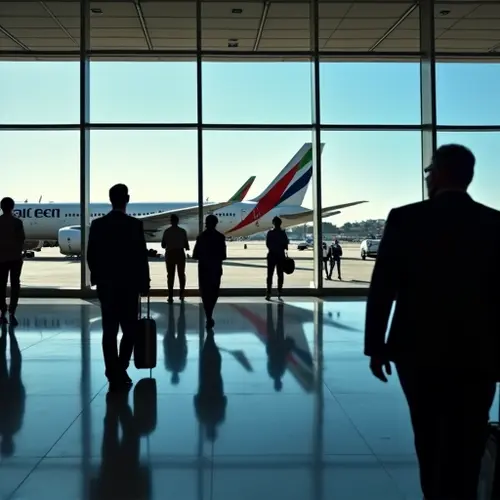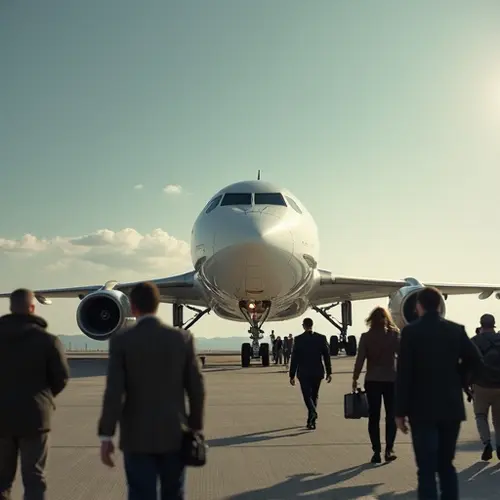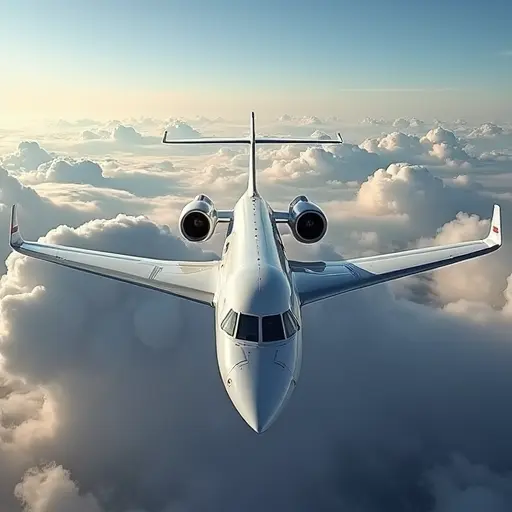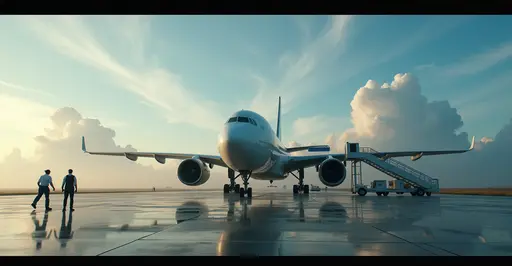Boom Technology leads the supersonic revival with Overture jets set to fly passengers at Mach 1.7 by 2030, backed by airline orders and new engine breakthroughs.
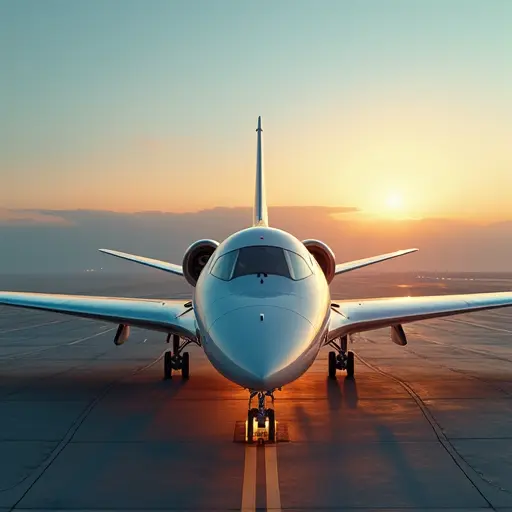
The Supersonic Race Reignites
Nearly two decades after Concorde's retirement, supersonic passenger travel is poised for a dramatic comeback. Multiple aerospace companies are now racing to develop next-generation airliners capable of flying faster than sound, with commercial operations targeted for 2030. Leading this charge is Boom Technology with its Overture jet, which recently secured orders from major carriers including United Airlines and American Airlines.
Boom's Overture Takes Center Stage
Colorado-based Boom Technology has emerged as the frontrunner in this supersonic revival. Their Overture aircraft is designed to carry 65-80 passengers at Mach 1.7 (1,300 mph), cutting transatlantic flight times in half. After significant design evolution from a trijet to a four-engine configuration, Boom recently began construction on its "Superfactory" in Greensboro, North Carolina, where it plans to manufacture up to 33 aircraft annually.
The company has overcome major hurdles, including developing its own Symphony engines after established manufacturers declined the project. Recent breakthroughs include successful 3D-printed engine components tested in June 2025, accelerating development timelines.
Airline Confidence Grows
Major carriers have placed substantial bets on this technology:
- United Airlines: 15 firm orders + 35 options
- American Airlines: 20 firm orders + 40 options
- Japan Airlines: 20 options
United projects its first passenger flights will operate by 2029, with Newark-London routes taking just 3.5 hours. Fares are expected to be comparable to current business class tickets, unlike Concorde's premium pricing.
Technical and Environmental Challenges
Developers face significant obstacles including noise reduction, fuel efficiency, and sonic boom management. The Overture will exclusively use Sustainable Aviation Fuel (SAF) to address environmental concerns, though SAF production scalability remains challenging. NASA's ongoing Quiet Supersonic Technology research aims to enable future overland supersonic flights.
Other players like Spike Aerospace and Hermeus continue developing competing concepts, ensuring the supersonic race remains highly competitive as the 2030 deadline approaches.

 Nederlands
Nederlands
 English
English
 Français
Français
 Deutsch
Deutsch
 Español
Español
 Português
Português




